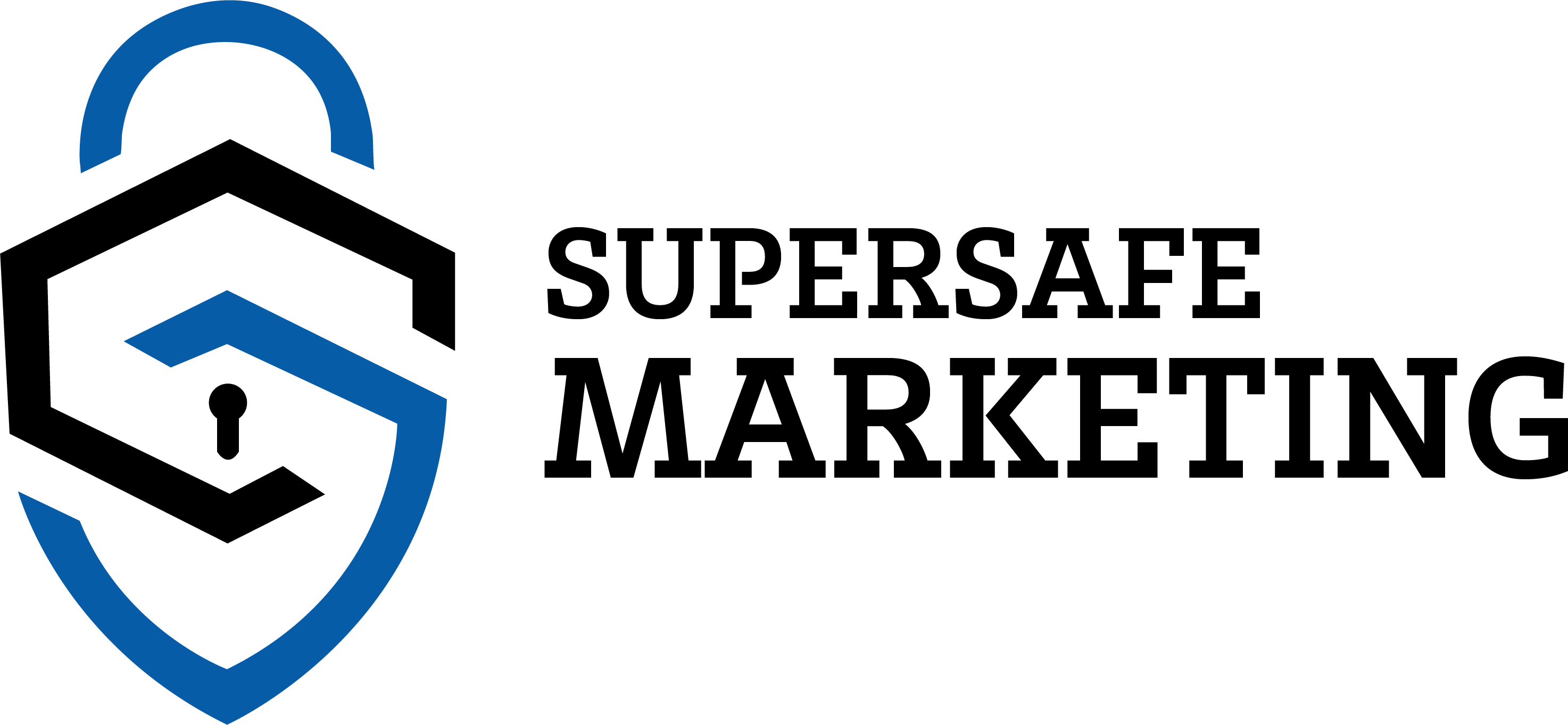Branding guidelines deliverables and pricing
This is a general outline of what your branding guidelines document might include. The specific elements and information included in your branding guidelines will depend on your brand’s unique needs and goals.
Starter Branding Guidelines: $1,750
Starter
Branding Guidelines
$1,750
What you can expect
- Deliverables:
- Color Palette
- Brand Values
- Typography
- Logo Usage
- Imagery and Iconography
- Tone of Voice
- Guidelines for Usage
Premium
Branding Guidelines
$3,500
What you can expect
- Deliverables:
- Everything in Starter Branding Guidelines
- In depth brand audit and research
- Comprehensive brand guidelines
- Guidelines for Additional Elements (Business Cards, Letterhead, Stationary)
- Email Signature Design
- Marketing Collateral Design and Development
- Custom Illustrations and Iconography
- Website design mockups (3 pages)
- Brand audit and research
- Color palette and typography
- Comprehensive brand guidelines
- Business card design
- Stationery design
Elite
Branding Guidelines
$5,250
What you can expect
- Deliverables:
- Everything in Starter Branding Guidelines
- Everything in Premium Branding Guidelines
- Extensive Brand audit and research
- Logo design
- Color palette and typography
- Extensive and in-depth brand guidelines
- Website design mockups (5 pages)
- Marketing materials (e.g. brochures, flyers)
- Social media design
- Social Media Kit (Profile Pictures, Cover Photos)
What you can expect
Mission and vision statements: Your brand’s purpose, values, and goals are defined and explained in this section.
Introduction: This section provides an overview of the branding guidelines and what you can expect from the document.

Logo Usage
Logo usage: This section will include guidelines for how to use the logo correctly, such as the minimum size, acceptable color variations, and prohibited usage.

Color Palette

Typography
This section specifies your preferred font styles and sizes, as well as guidelines for how to use text in branding materials.
The typeface and font style used for your brand should be consistent across all materials. This section outlines the specific typefaces and font styles used for your brand.

Imagery
Consistent visual style is crucial for brand recognition. This section outlines the specific guidelines for using images and photography in your brand.

Tone of Voice
Tone of voice: The tone of voice used in your brand should be consistent across all materials, from social media posts to email communications. This section outlines the specific tone of voice used for your brand.













